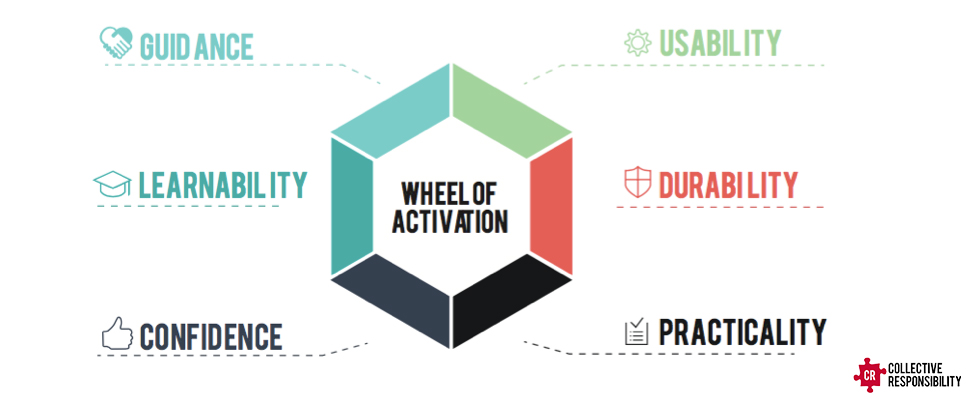Technology is central to daily life across China and, in recent years, the smartphone has become the king amongst the tech savvy across the country and smartphone connections in China are predicted to reach one billion by 2020. Mobile technology and smartphones are not only becoming vital to personal communication, but are becoming integral in producer and consumer engagement. Individuals perform an exponentially increasing number of tasks on their phones, such as banking, shopping, and healthcare.
Yet, the elderly, one of China’s largest purchasing powers, are being left out of the equation. Collective Responsibility previously identified 6 barriers to tech ownership in the Chinese elderly population. However, this isn’t to say that the elderly are remaining disinterested. In a recent WeChat survey by Collective Responsibility, 39% of the elderly were self-motivated to purchase smartphones, while 37% of the elderly were encouraged by their children to purchase smartphones. This shows an increasing desire for the elderly to integrate into the world of smartphone tech, as well as their family’s desire to help them.

With this in mind, Collective Responsibility has identified six strategies, a “Wheel of Activation,” to bridge the gap between generations and transition the elderly into the booming smartphone and smart-tech market.
Usability
The platforms and applications on the smartphones for the elderly should be intuitive and convenient. The elderly are often discouraged by the hassle or complexity of using smartphone apps. Thus, they are unable to take advantage of the potential utility of the smartphone.
Durability
The elderly are in need of products with longer shelf lives, rather than the newest trend. Unlike the younger generations, the Chinese elderly view constant updates and remodels of cellphones as a defect in quality rather than an opportunity to use the newest features.
Practicality
Smartphones can be used for a myriad of reasons from the practical to the impractical. The Chinese elderly are on the latter side of this spectrum, desiring products that assist in the daily necessities of life, such as communicating with loved or simply making preexisting tasks much more convenient and accessible.
Confidence
Personal safety and security is a primary concern of the Chinese elderly. In order to fully tap into the purchasing power of the Chinese elderly, it is crucial for companies to create an environment of product credibility.
Learnability
The learning curve and adaptation to new technology can be slow in the Chinese elderly population. Many elderly do not attempt to learn to navigate smartphone apps, because of the significant time commitment it can take to become comfortable using a new technology. Thus, companies can benefit by creating products with elderly-friendly features, as well as encouraging the elderly to view tech products as intuitive and easy to learn.
Guidance
Chinese elderly are often taught to use new technology by their children, relatives, or friends. However, in the cases where Chinese seniors may not have friends and family with the ability to assist them, products that have access to training demos and information resources are in high demand.
While the above solutions to barriers are our interpretation, Collective Responsibility believes there are many approaches to transitioning and activating the elderly into the world of smartphones and tech. The increasing purchasing power of the elderly, in combination with an unprecedented need for well-designed technology that fits the needs of the elderly, opens a window of opportunity for public and private actors to meet these demands.
Tell us what you think. What is the best way to transition the elderly into the world of tech?
Visit us on WeChat to take Collective Responsibility’s survey on activating the elderly into the world of smartphone technology.

This article was written by Kendall Tyson, Research Analyst at Collective Responsibility.
